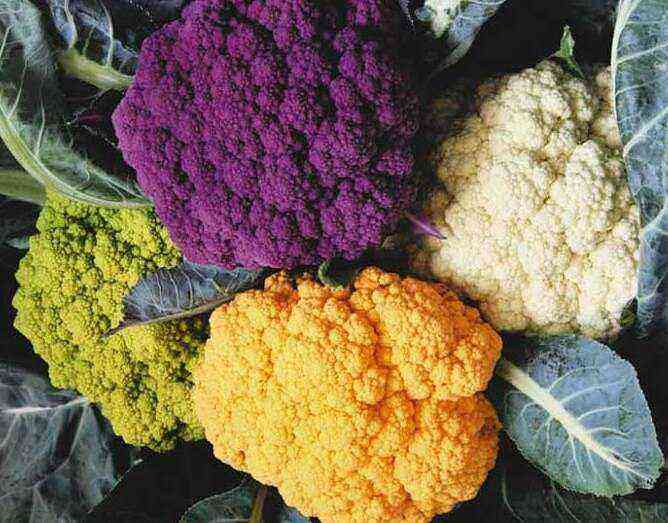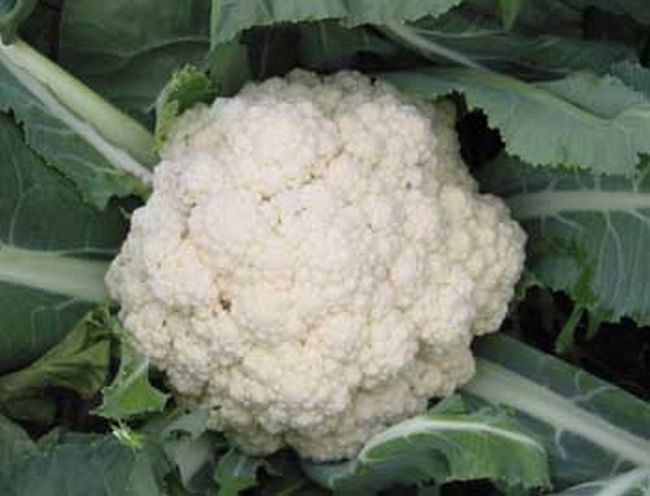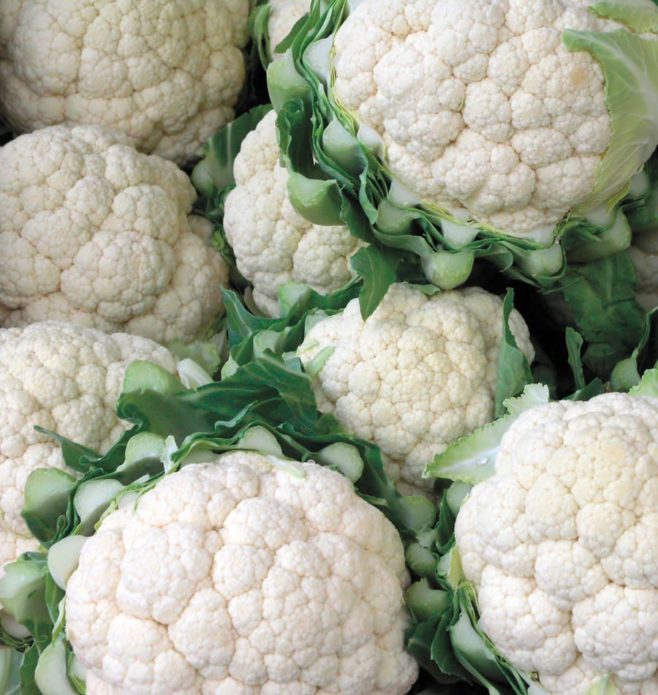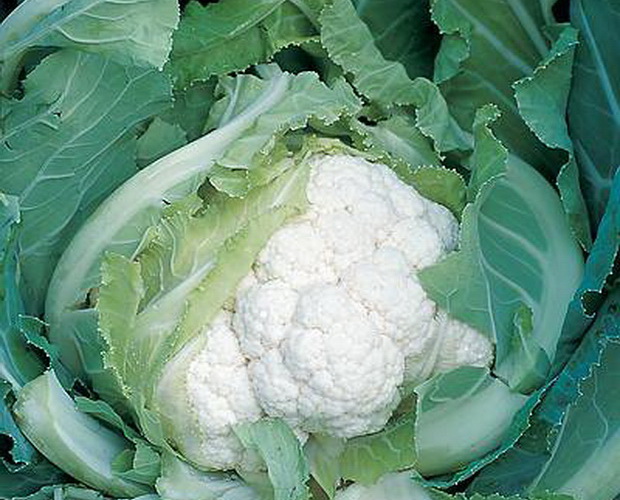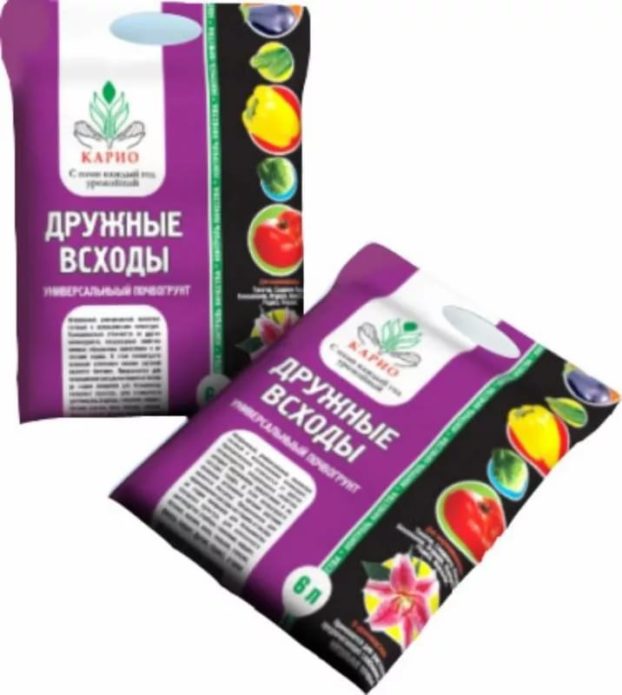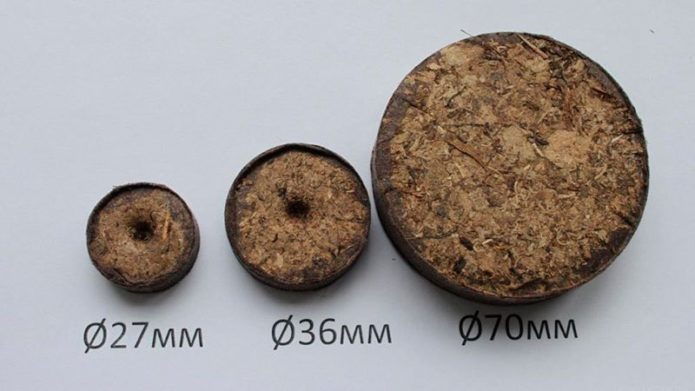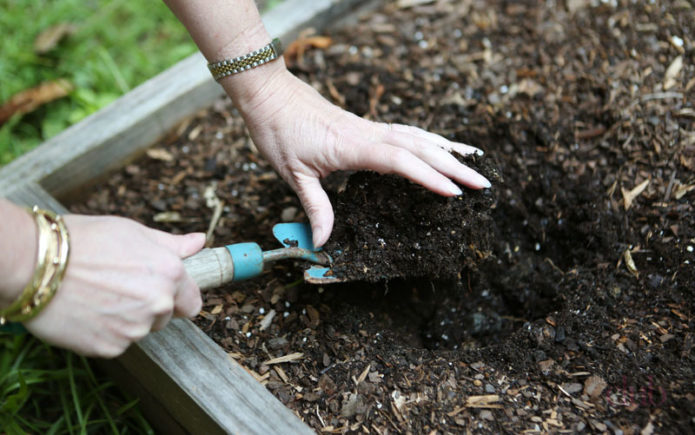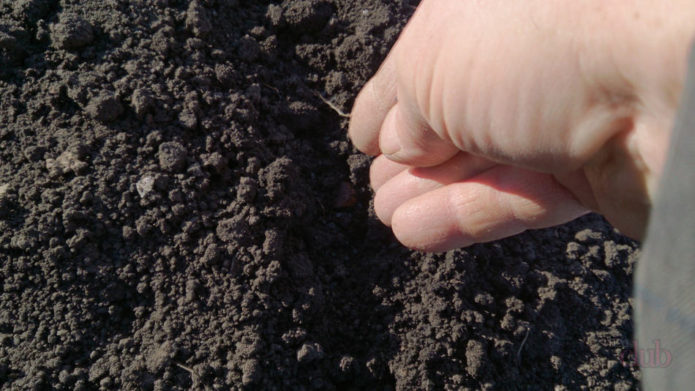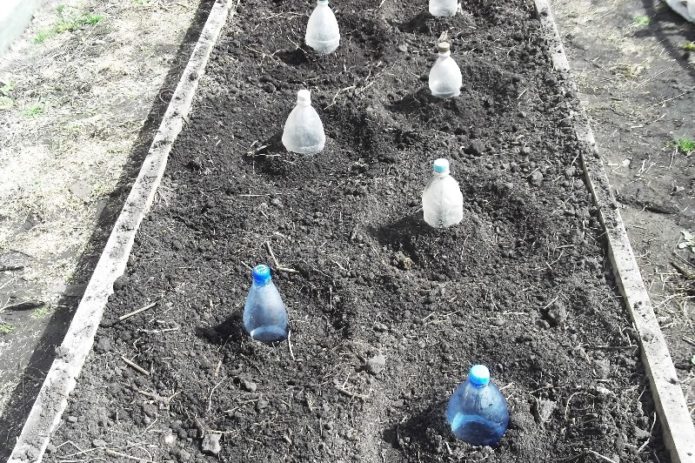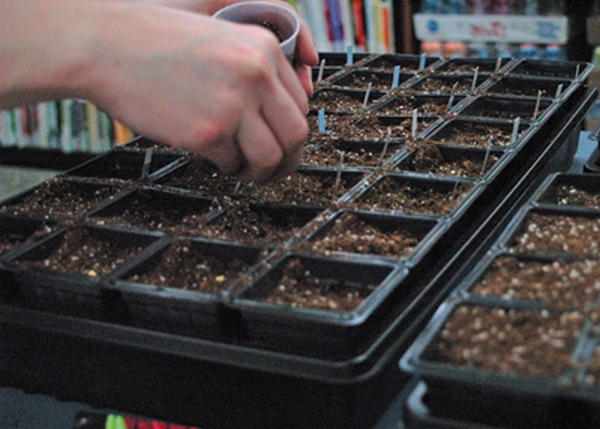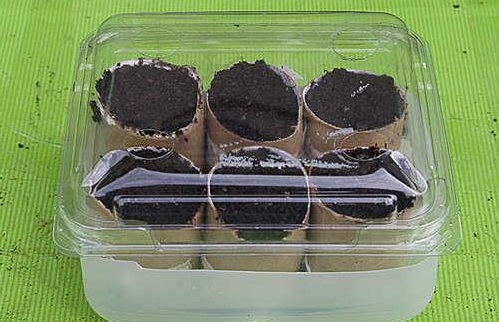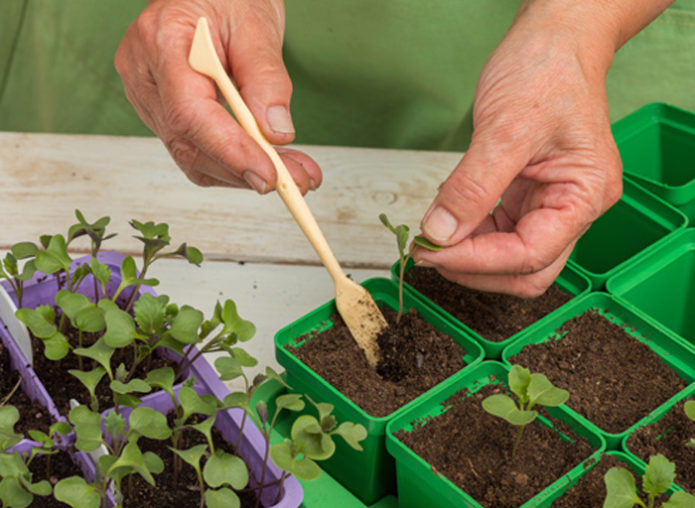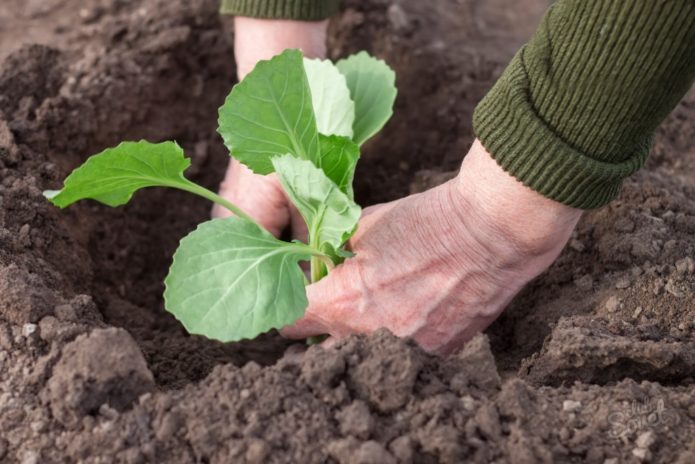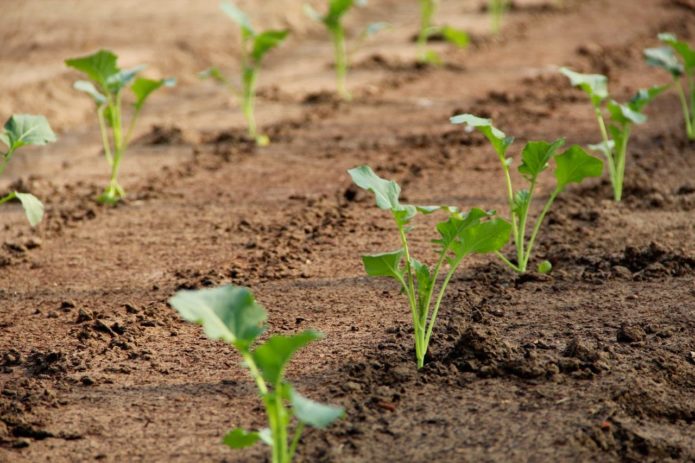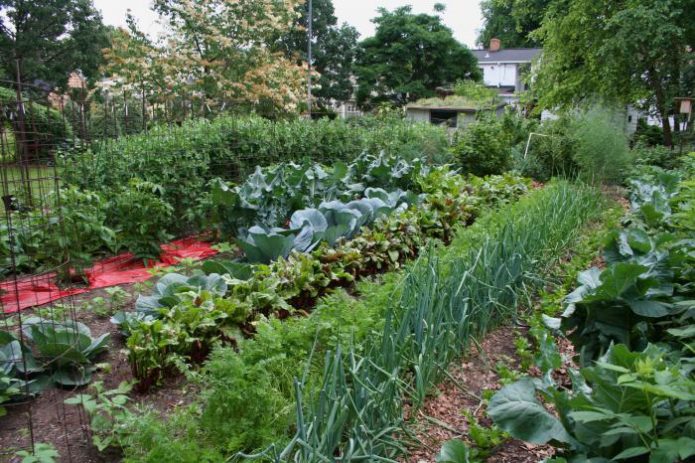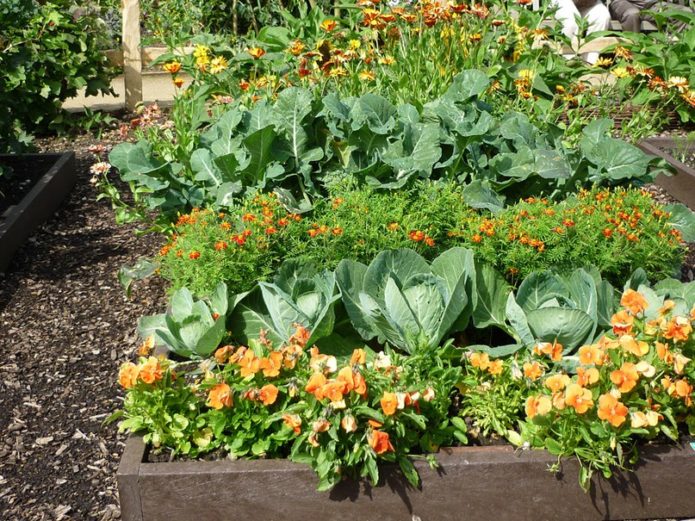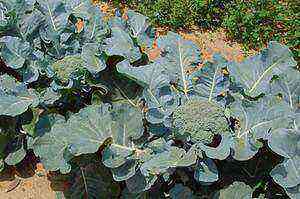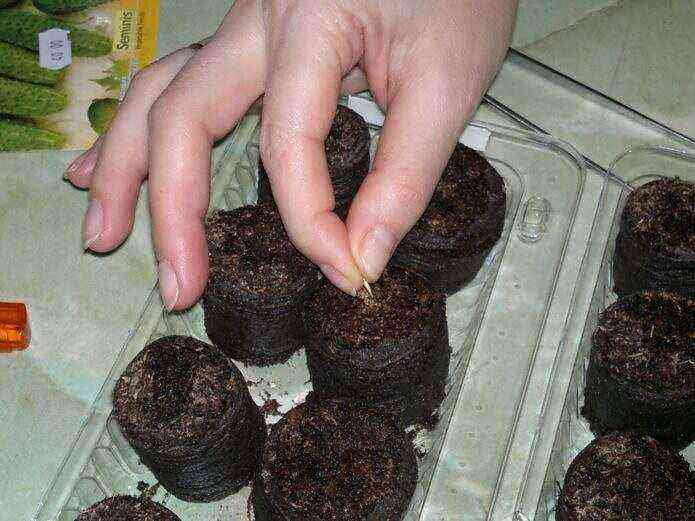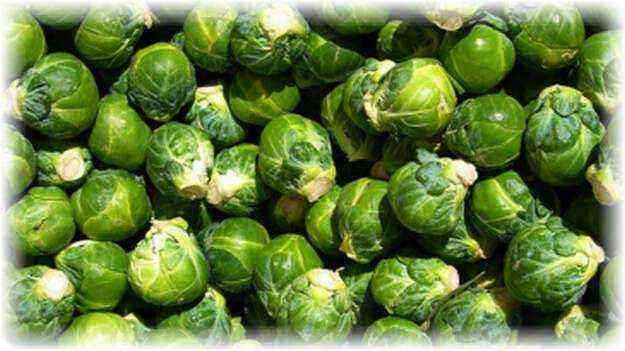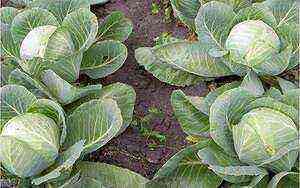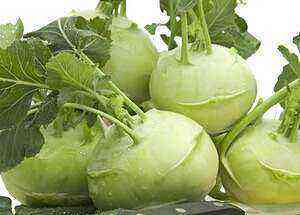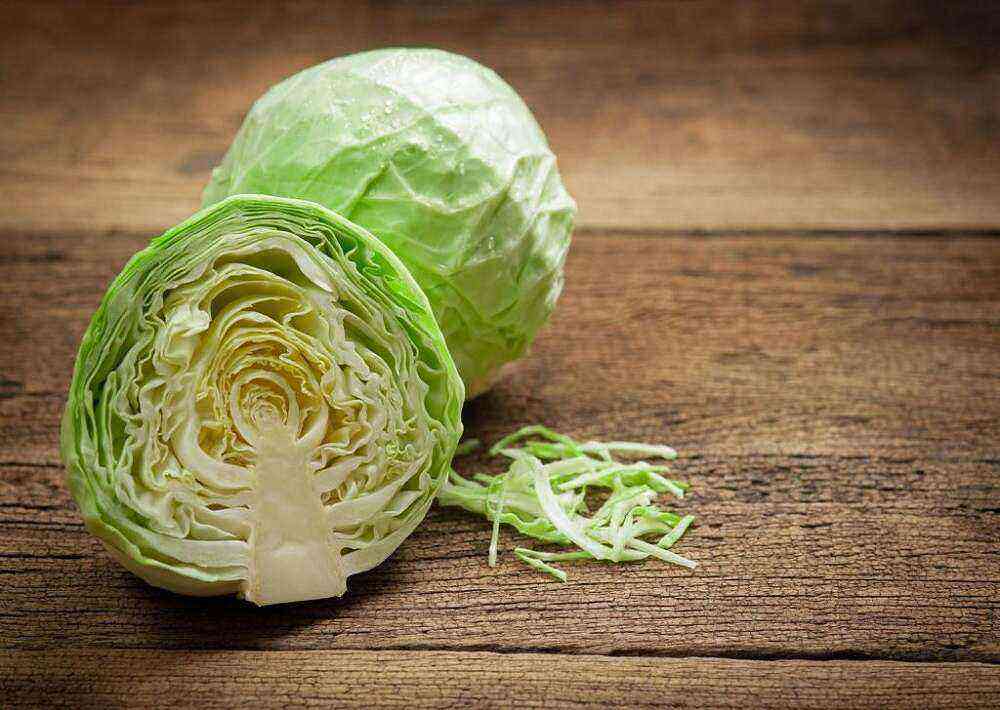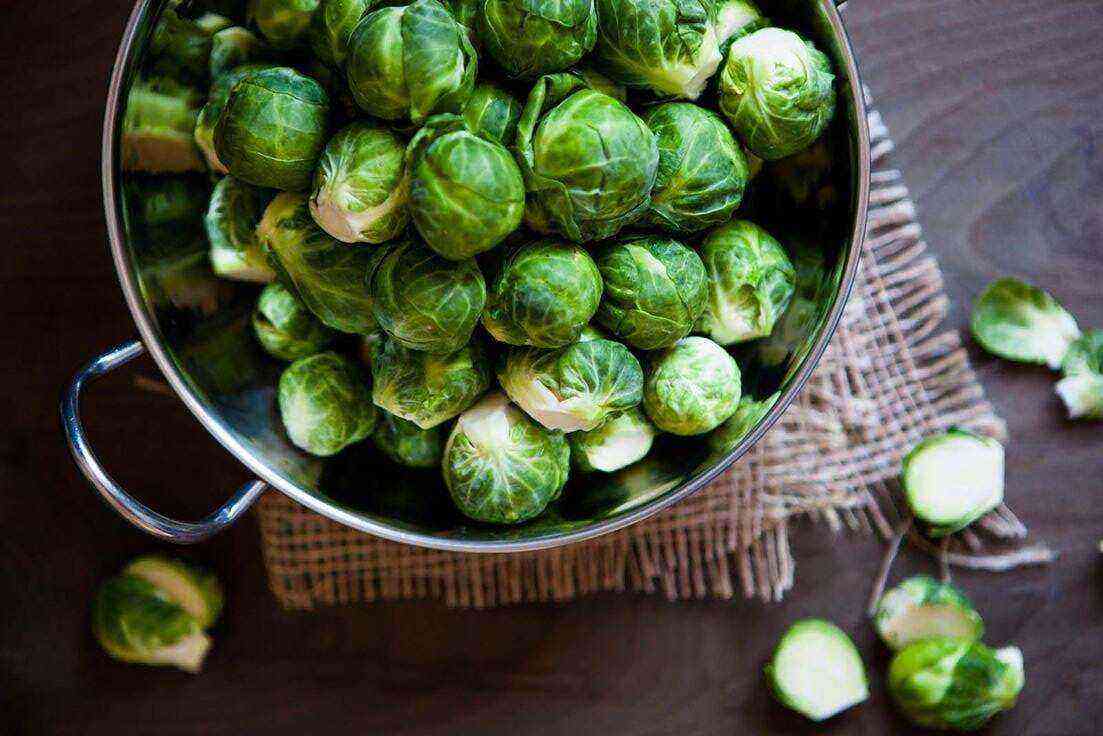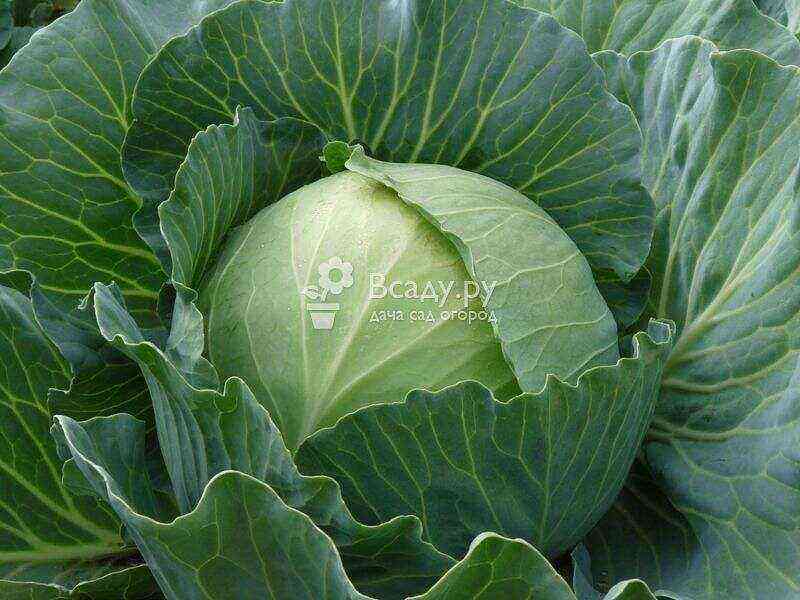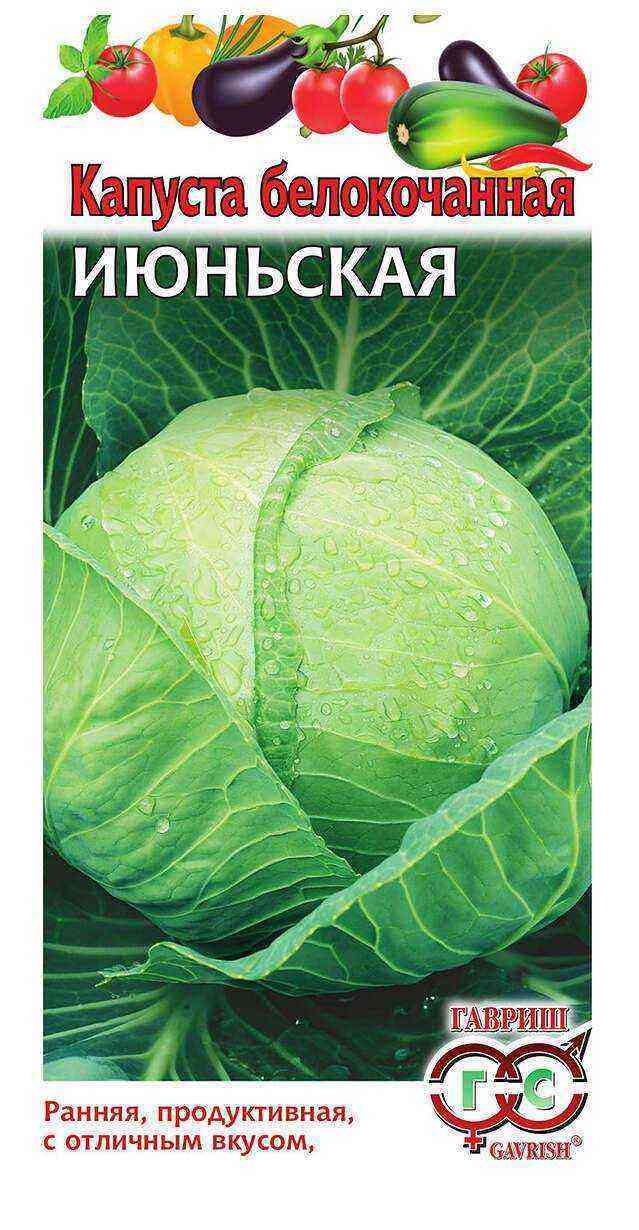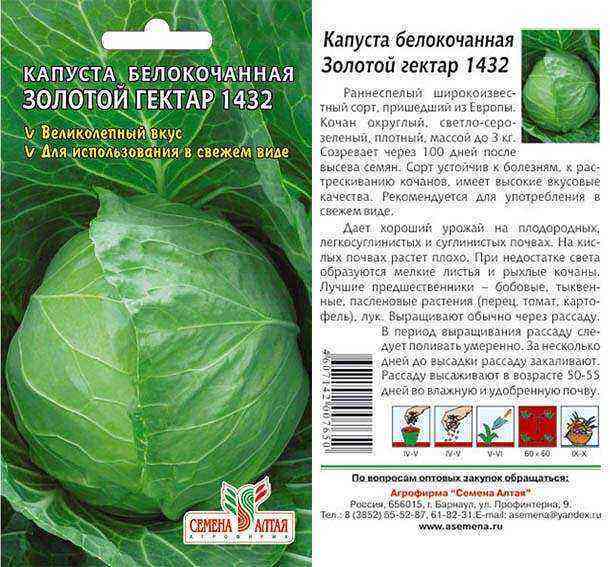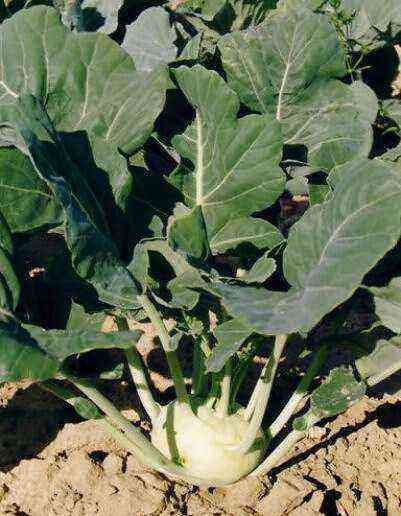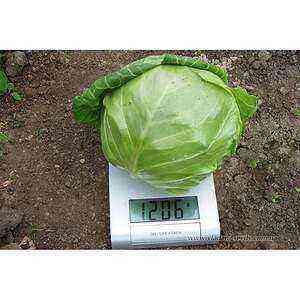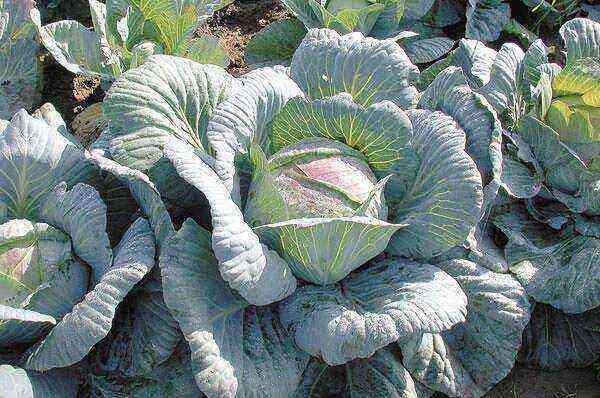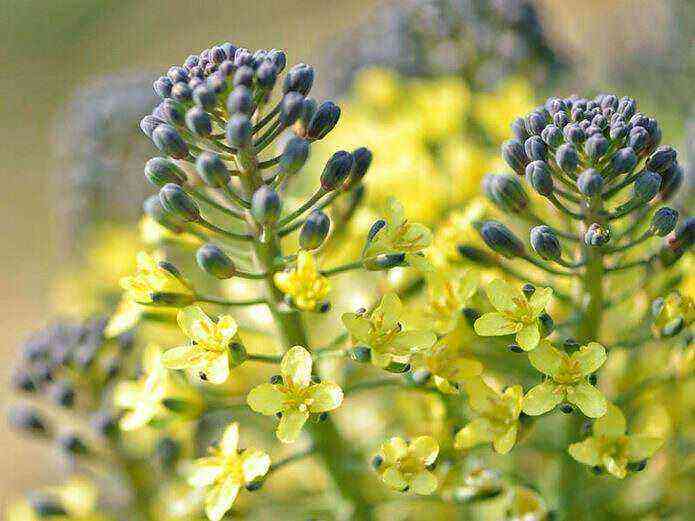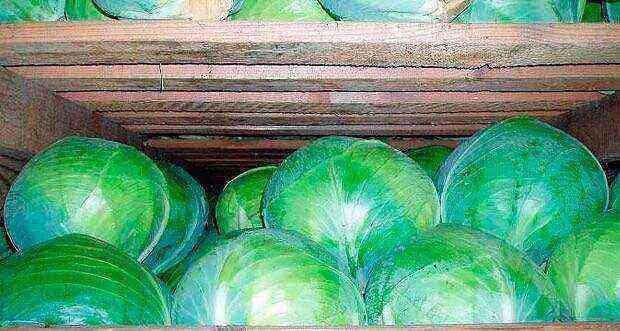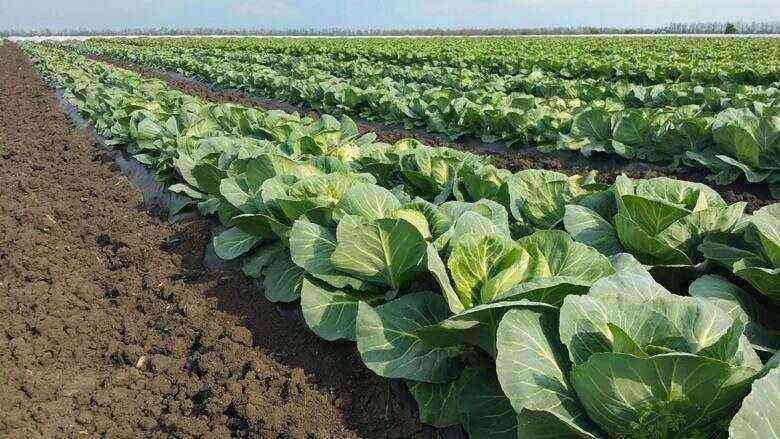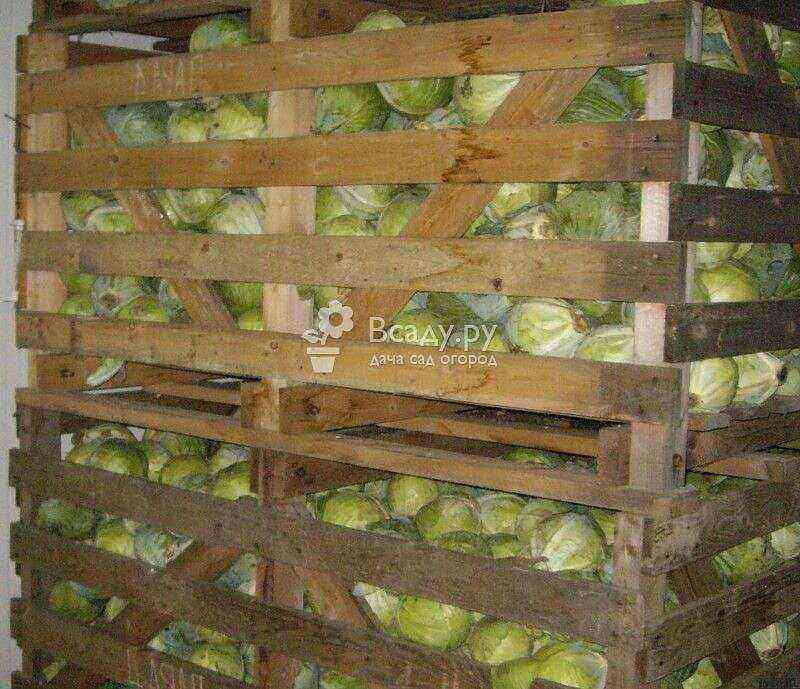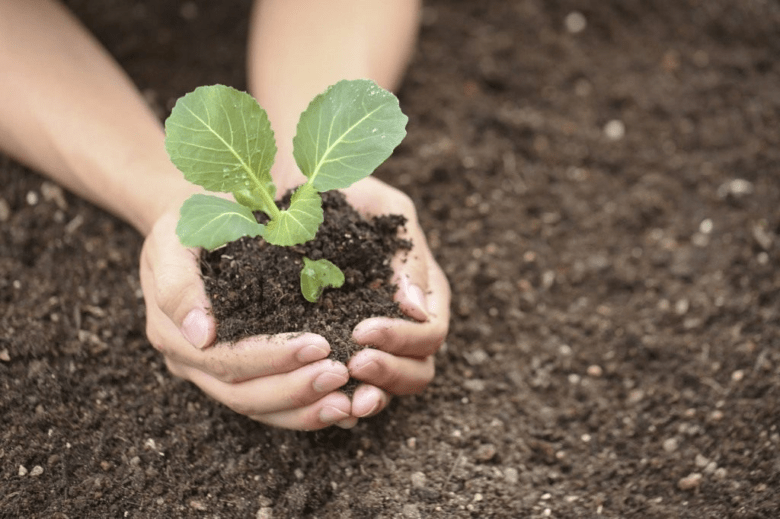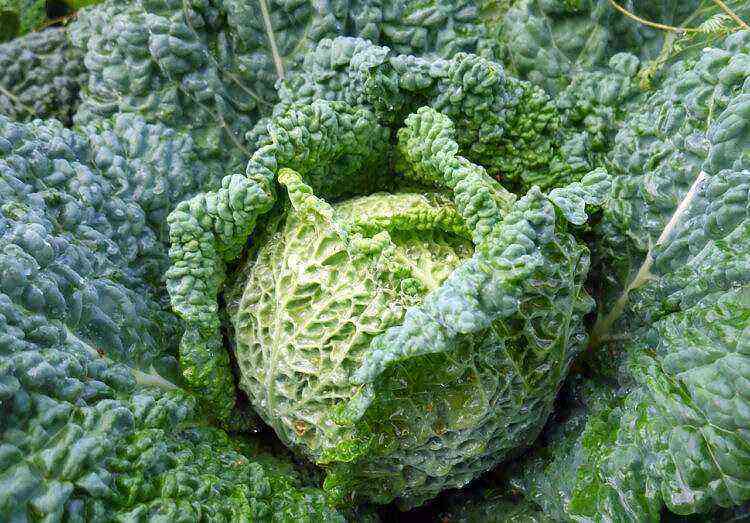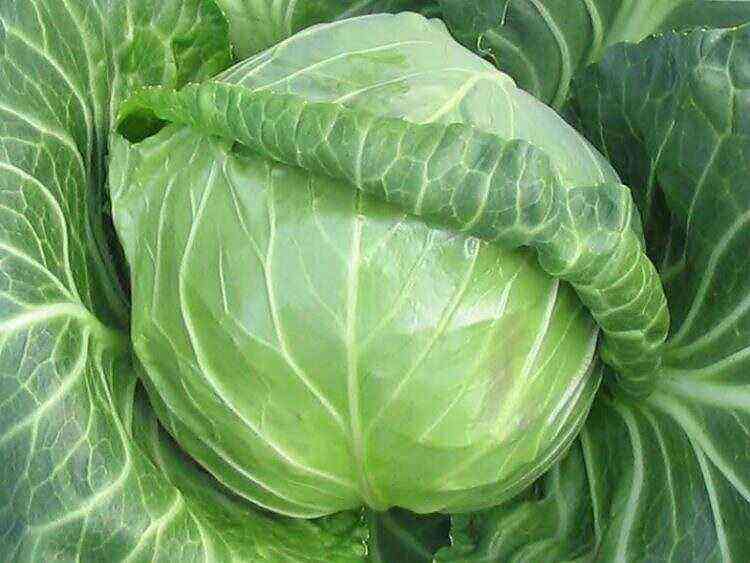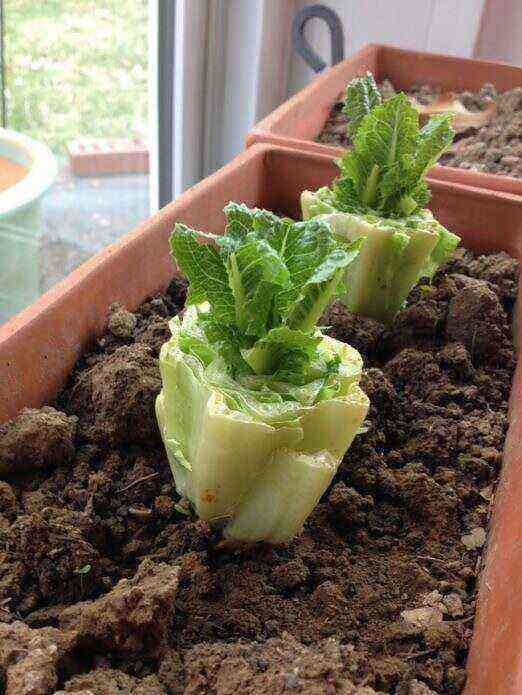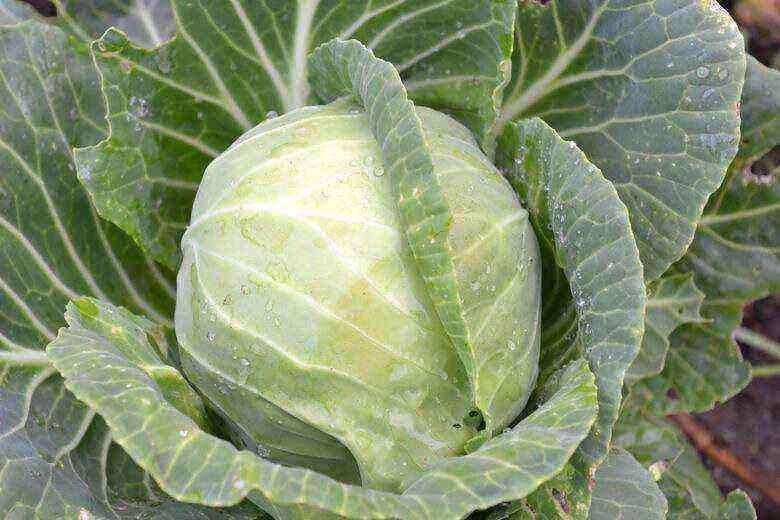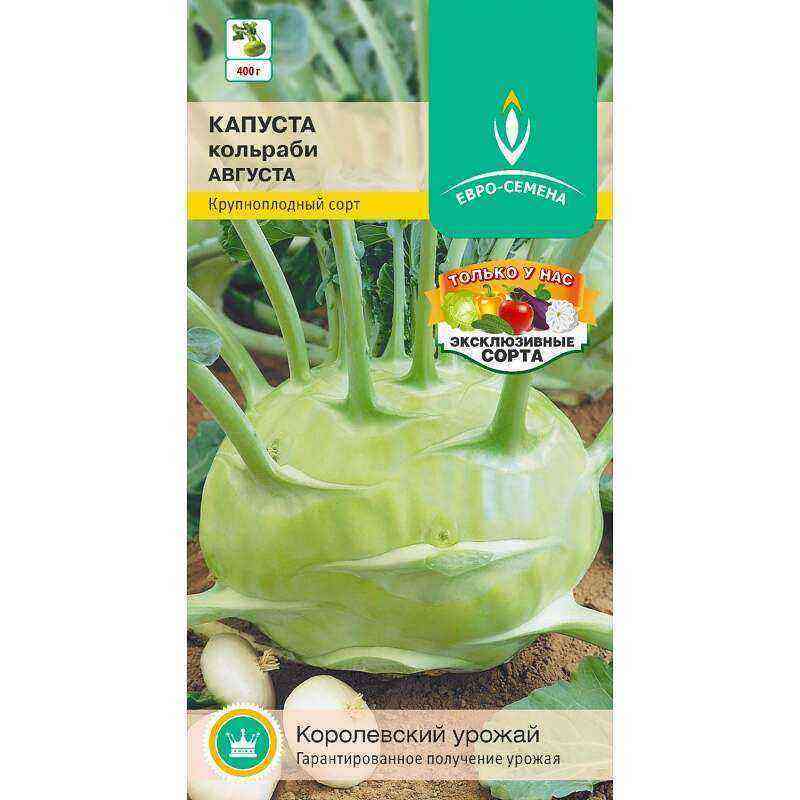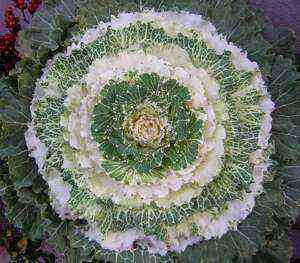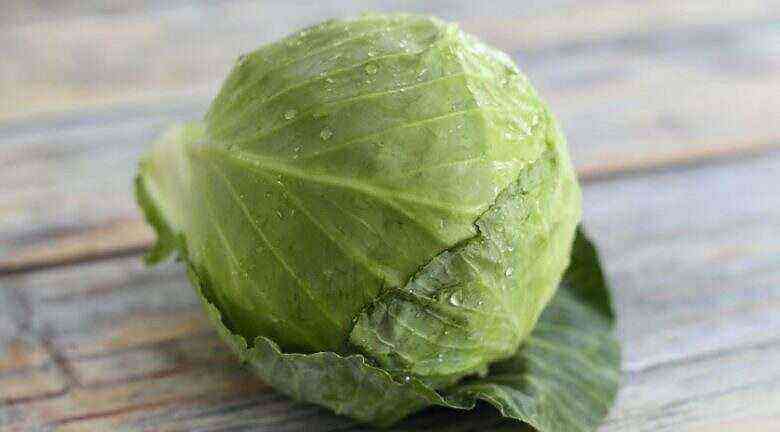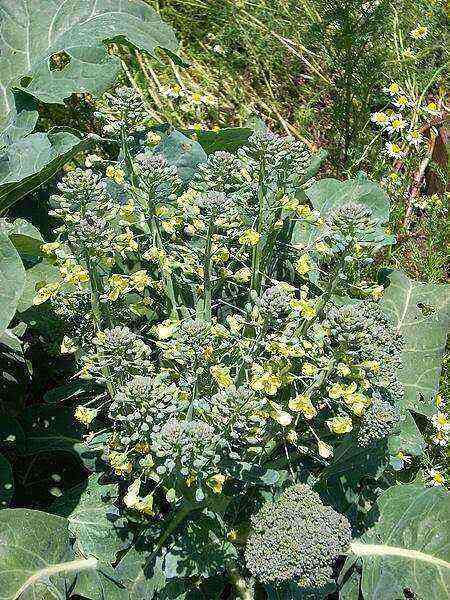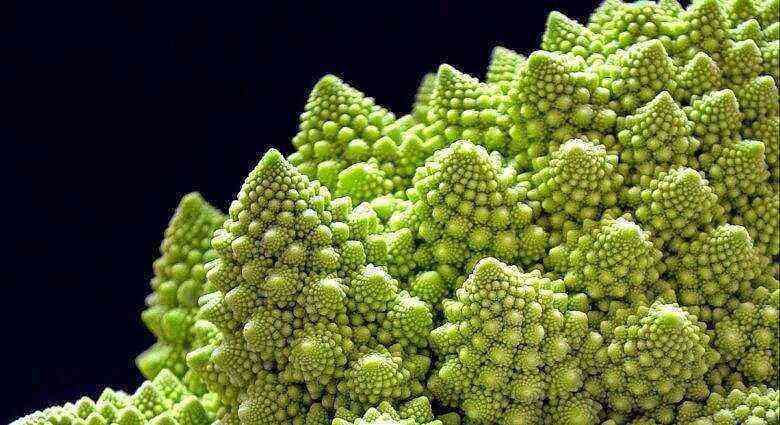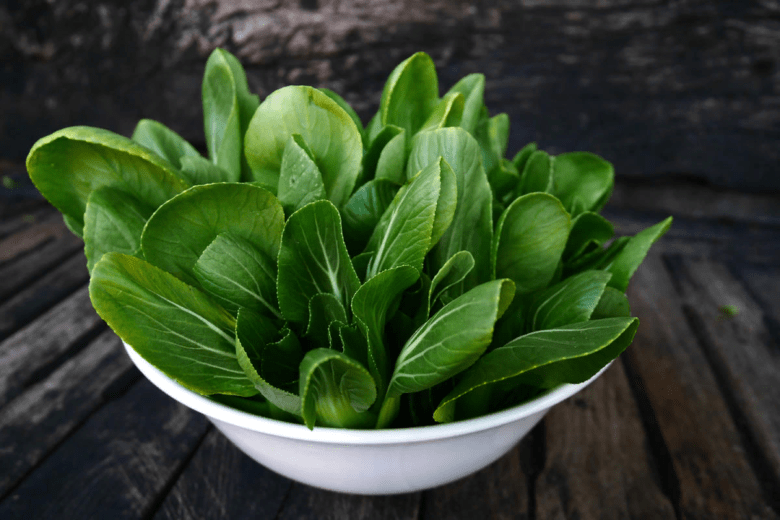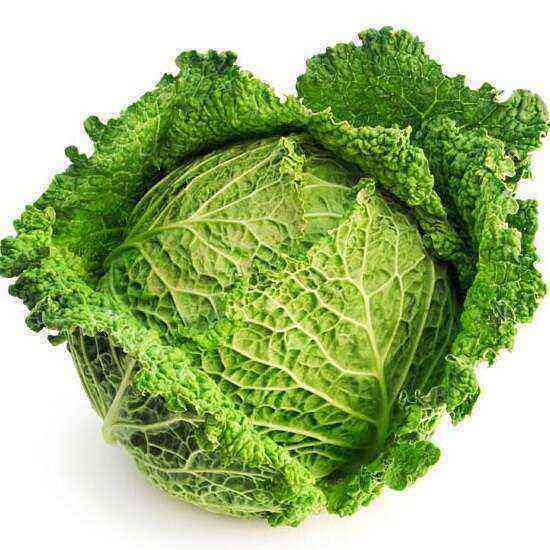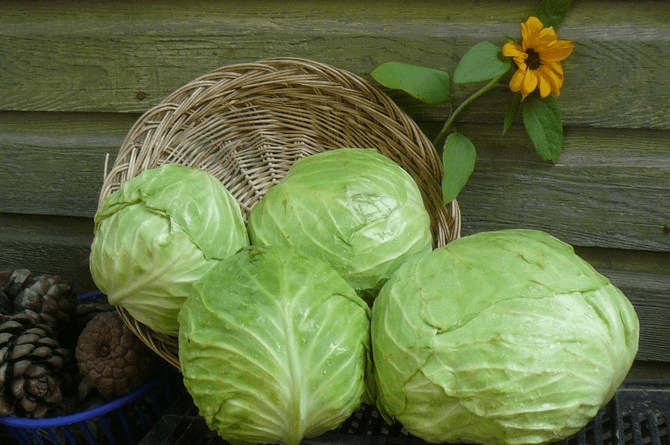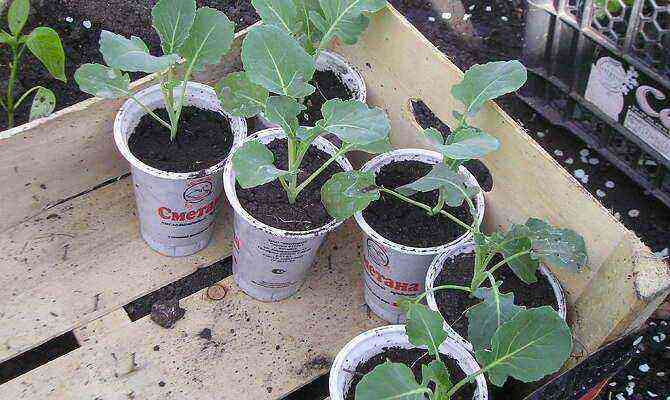Cauliflower has long been cultivated in the Mediterranean countries. In Russia, this vegetable crop appeared in the 18th century, but did not become widespread due to the increased requirements for growing conditions. Meanwhile, possessing a delicate taste, in terms of its nutritional value, it is several times superior to other types of cabbage. No wonder nutritionists recommend including cauliflower dishes for baby and diet food. The vegetable is well absorbed by the body, and in terms of vitamin C content, it is 3 times higher than the white-headed look. The use of inflorescences minimizes the development of vitamin deficiency, intestinal and colds.
Sowing dates for cauliflower
You can grow cauliflower using seedlings or direct seeding into the ground. The seedling method allows you to shorten the growing season by 1-2 weeks, which is very important for northern regions with short summers.
Growing cauliflower through seedlings allows you to harvest earlier
Cauliflower is an annual plant belonging to the cruciferous family. The heads are eaten – inflorescences, consisting of tightly pressed buds. The denser the inflorescences, the higher the quality of the vegetable. The heads can be not only white, but also yellow, green, purple. But the name of cabbage comes not because it is colorful, but from the word flowers.
Cauliflower heads can be not only white, but also yellow, purple and green.
Early varieties (Garantia, Rannyaya Gribovskaya 1355, Movir 44, Snezhok F1, Baldo F1, Alabaster F1) form heads 85–110 days after full germination. Seedlings begin to grow in early spring, from early March to mid-April. Fresh cauliflower from your garden can be consumed at the end of the first summer month.
In the early variety Snow Globe, dense, beautiful white heads ripen 90 days after germination
Mid-season varieties (Parizhanka, Ondine, Koza Dereza, Otechestvennaya, Dachnitsa, Classic F1, Shambord F1) ripen in 110–135 days. They are sown for seedlings after the tenths of April to early May. Sowing seeds of early and middle varieties in greenhouses is carried out immediately after the snow melts, in the second decade of April.
Amicable ripening of the average variety Goza Dereza occurs 57–70 days after the emergence of shoots
The growing season of late-ripening cauliflower (Sochinskaya, Osenny Giant, Cortes F1, Skywalker F1, Fortrose F1) is 145-170 days, therefore it is grown only in the southern regions. In the central and northern regions, cabbage of these varieties does not have time to form heads before the onset of autumn cold weather. Sowing for seedlings is carried out from late May to mid-June.
The late-ripening variety Skywalker f1 is grown in home gardens and small farms in regions with a warm climate.
The determining factor influencing the sowing time of cauliflower is the weather and climatic characteristics. In the southern regions, sowing of early and middle varieties is carried out in mid-April, and in early May, late-ripening cabbage is sown. In the central and northern regions, seeds of early and medium varieties are sown in late April – early May. You can sow cabbage in the garden until the tenths of June, thus creating a real vegetable conveyor.
When determining the specific timing of sowing, they are guided by temperature indicators – the air should warm up to + 12-15 ° С. The more the earth warms up, the sooner friendly shoots will appear: when sown in soil with a temperature of + 10 ° C, the seeds germinate after 12 days, at + 18 ° C already for 4 days.
Video: sowing dates for cauliflower Ural and Western Siberia
Soil preparation before sowing
Cabbage grows well on loose sandy loam or loamy soil with a low level of acidity. Seedling soil is easy to prepare yourself from garden soil with the addition of humus and sand in a ratio of 1: 1: 2. Such a soil mixture should be disinfected with a solution of manganese or Fitosporin (1-2 drops per 1 liter of water). As a preventive measure for the development of keels, alkalinization of acidic soil is carried out with an infusion of ash (15 g1 l).
To reduce the acidity level, ash is added to the prepared soil mixture
Ready-made soil is also suitable for growing seedlings, which can be purchased at any garden store. It is based on a mixture of peat, earth and sand, supplemented with vermicompost and mineral components to improve nutritional properties. Such soil does not need to be disinfected.
Bio-soil for cauliflower seedlings is completely ready to use
As a soil substrate for seedlings, you can use a mixture of coconut fiber with vermiculite (3: 1), peat tablets, biocontainers. In finished substrates, due to the presence of vitamins and biologically active elements, the energy of plant growth increases and pathogens are suppressed.
Cauliflower seedlings are also grown in peat tablets, which are pre-soaked in water
When planning to sow seeds directly into the ground, you should observe the crop rotation and not grow cabbage in the area where cruciferous plants grew last season. The best predecessors are perennial legumes, potatoes, and root crops.
The cauliflower bed is prepared in the fall. They dig up the soil, free it from weeds, fill it with humus (1 bucket2) and superphosphate (100 gm2). Liquid Lime-Gumi (1 l 10 lm2) is added to acidic soil, which not only reduces the acidity level, but also increases fertility. At the beginning of the season, before sowing, the soil is loosened by adding 30 g of urea per 1 m2, and spilled with a solution of manganese of medium intensity.
In the spring, the soil in the garden is loosened before sowing cauliflower seeds
Preparation and sowing of seeds
Seeds in the form of dragees or plasma-treated seeds are sown dry without soaking or dressing. Regular seeds need to be prepared.
Pelleted seeds do not require pre-treatment
First, they are placed for 10 minutes for disinfection in a vessel with a 2% solution of hydrogen peroxide, heated to +38 degrees, or in a 1% solution of manganese. Then, after washing with clean water, they are subjected to hydrothermal treatment – they are kept in hot (+ 15 ° C) water for 50 minutes. At this temperature, fungal spores die without damaging the seed embryos.
Untreated cauliflower seeds must be disinfected in a manganese solution before sowing
Warmed seeds are placed in a refrigerator for a day (+ 1–2 ° С). As a result of exposure of the seed material to contrasting temperatures, the seedlings grow hardened and quickly adapt to environmental conditions. Then the seeds are soaked for 2 hours in a solution of the biostimulator Epin (2 drops, 100 ml), Gumi (1 drop, 100 ml), dried and sowed.
After soaking in a solution of a growth stimulant, cauliflower seeds are dried and sown
Things to consider when sowing cauliflower outdoors
Cauliflower is a thermophilic crop that requires a certain temperature regime to ripen. The cabbage head is formed only in conditions of stable heat from + 16 ° С to + 25 ° С. In case of intense heat above + 28 ° C, only the growth of green mass occurs. High air temperature causes early opening of inflorescences and their transformation into flowering shoots. A significant cold snap also negatively affects the culture: at temperatures below + 5 ° C, the period of seed germination is prolonged, the development of plants slows down, and when even small frosts of -1–2 ° C occur, the heads sensitive to cold become covered with glassy spots and rot.
The germination energy of cauliflower seeds will be higher if the sowing was carried out in well-warmed soil.
Cauliflower also has increased watering requirements. In order for the ripe heads to be large, it is necessary to provide the culture with regular moisture throughout the growing season.
On the prepared ridge, rows are marked with an interval of 40 cm and seeds are laid out on the moistened ground to a depth of 1 cm every 5 cm.The crops are insulated with a film or a temporary greenhouse is made by pulling agrofibre on arcs. After seed germination, the seedlings must be ventilated during the daytime, and covered at night. Dense crops are thinned twice, as a result, the strongest plants are left on the garden bed with a distance of 60–70 cm between them.
Cauliflower seeds are laid out along the grooves to a depth of 1 cm
Plastic bottles reliably protect crops from hypothermia
Cultivation of cauliflower in a non-seedling way has a number of advantages: you do not need to spend time and effort caring for seedlings, seedlings do not need to be transplanted, as a result, they form strong taproots that penetrate deeper into the ground and provide plants with the necessary nutrition and moisture. With the seedling method, the transplanted seedlings have a fibrous root system and develops in the surface layer of the earth.
Planting seedlings
Sowing seedlings is carried out in a common container or in separate cups. The boxes are filled with the prepared substrate, the barbs are marked at intervals of 3 cm and the seeds are laid out at a distance of 1 cm from each other to a depth of 1 cm. When sowing, 2-3 seeds are placed in pots in each.
Place 2-3 seeds in each cell
Lightly sprinkled with earth, the crops are sprayed with warm water and covered with a film. For seed germination, it is necessary to maintain a temperature of + 20–23 ° С. In a warm, humid environment, seedlings appear on the 4th day. Seedlings in common containers must be thinned out, increasing their feeding area to 2 cm, and cut off weak shoots in a pot, leaving one of the strongest.
Crops are placed in a greenhouse before sprouting
After removing the film, the seedlings are transferred to a bright, but cooler place – lowering the temperature to + 10–12 ° C will help to avoid stretching and thinning of the sprouts. A week later, the seedlings are again transferred to a warm room (+ 20-22 ° C) and in the phase of 2-3 true leaves from the common box they dive into separate containers.
From a common box, cabbage in phase 2 of real leaves is transplanted into separate cells
It is necessary to regularly moisten the plants and feed them three times during the seedling period. Nutrient supplements are applied at the root or when spraying in the first leaf phase, one week after the first feeding and before transplanting to the garden bed. A week before planting, the seedlings begin to harden, gradually increasing the time spent first on the veranda, and then under the open sky. Unhardened plants do not take root well and can die even with a slight cold snap.
Video: cauliflower seedlings – the subtleties of the process
Dates of planting seedlings
When long-term warmth is established outside, you can transplant the seedlings to a permanent place. In the southern regions, where the soil is already well warmed up in early spring, seedlings can be planted in mid-April, in the central and northern regions – a week or two later. The seedling period of early maturing varieties ends in 35–40 days, and from April 25 to mid-May, plants are planted. Following, from May 15, seedlings of mid-season cabbage move to a new place of residence. The transplant can be carried out until mid-June. Late ripening varieties are transplanted to the garden bed 30–35 days after sowing, at the end of June – mid-July.
Seedlings of cauliflower are transplanted into the ground at the age of 30-40 days
The scheme of planting cauliflower in the ground
Cabbage beds should be placed in a well-lit area. Even a little shading can lead to slow plant development, sluggish foliage, and the head will not tie at all.
On the eve of planting, the plants are well moisturized. Planting is carried out in the early morning or evening, necessarily shading young plantings at first with the help of non-woven material. Wells are made on the garden bed and 15 g of superphosphate or a handful of ash are added to each, mixed with earth and moistened with 500 ml of water.
A cabbage seedling, together with a lump of earth, is lowered into a prepared hole
The plant is removed from a container with a soil clod, lowered into a hole, sprinkled and compacted. The optimal planting scheme for early varieties that form not very large heads is 40×50 cm. For medium and late varieties, a more sparse planting is needed – 50×70 cm. Under these conditions, the plants receive the required amount of light, moisture and nutrition and form large heads.
When planting in the ground, enough space is left between the plants – only in this case large heads will form
Video: planting cauliflower seedlings in the ground
Neighborhood with other cultures
Cauliflower gets along well in the same garden with many crops. Next to it, you can plant carrots, beans, beans, beets, cucumbers, onions, spinach, lettuce. Joint planting with other plants not only has a beneficial effect on taste, but also helps to resist numerous pests. Dill, planted in the aisles, improves the taste of cabbage and protects against aphid infestation. An excellent partner for celery cabbage, acquiring an additional aroma and driving away white beetles from the beds of butterflies. By compacting the cabbage planting with onions, you can get rid of the cabbage fly. It has a good effect on cabbage and cucumber grass, scaring away snails with hard hairy leaves. For cabbage, the proximity of lettuce is also favorable, which protects it from the cruciferous flea.
Joint planting not only improves the taste of vegetables, but also protects against pests
The best neighbors for cauliflower are aromatic herbs. Sage, thyme, hyssop, mint, chamomile, with their strong smell, drive away harmful insects from the vegetable that lay the larvae in cabbage leaves.
A vegetable garden can be a real decoration of the garden.
A cabbage patch can also be placed among tall plants, including near fruit trees, but plan the planting so as not to shade the cauliflower. She must receive a lot of light, otherwise her heads will be nondescript and small. But its joint cultivation with tomatoes, strawberries and grapes is undesirable. By choosing the right place and neighbors in the garden, you can get a good harvest of cauliflower.
The right neighbors in the garden for cauliflower will allow you to grow healthy plants that form large heads.
Reviews
Cauliflower is more demanding than white cabbage species in terms of nutrition, soil moisture and air. But subject to agricultural technology, using zoned varieties and taking into account the ripening time, it is quite possible to get a decent harvest of a delicate and very nutritious vegetable on your own personal plot.
